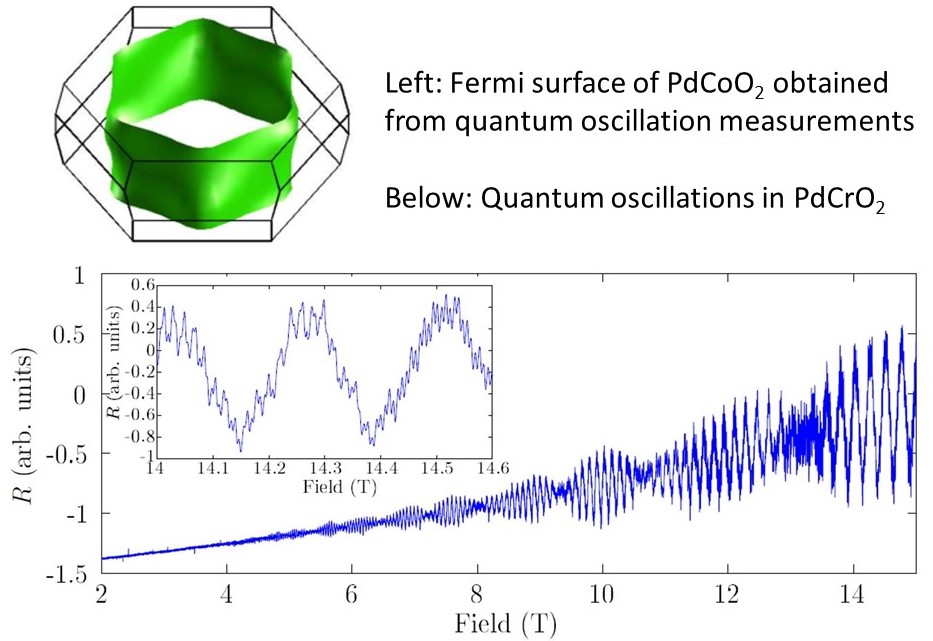Pearls conjure up images of extravagant jewellery, deep sea divers, and lightened wallets. Our fascination with this precious gem has spanned millennia – though we spare little thought to how they are formed.
“Despite their well-known tiny aspect, each pearl hides tons of peculiarities in its morphology, as well as in its atomic composition, some of which cannot be detected using the standard x-ray technology. By contrast, the cold neutron pulses available at the IMAT beamline, together with the new energy-resolving detection system, may reveal such “cool" secrets. No pun intended."
Giuseppe Vitucci, University of Milano-Bicocca
Any mollusc that produces a shell, such as an oyster, can produce a pearl. Natural Pearls are the result of an accidental event, possibly the invasion of a tiny organism into the living molluscs' tissue, which activates the same biogenic mechanisms responsible for the formation of the shell of the mollusc. It takes years for a fully formed pearl to grow, and less than one pearl oyster in 10,000 will produce this rare gem. Unsurprisingly natural pearls are highly valuable.
The 1900's marked a turning point in the pearl industry as lower cost cultured pearls began to flood the market. Pearl farmers were now able to produce large quantities of pearls under controlled conditions by means of a culturing process. As culturing techniques advance it has become harder to distinguish between natural and cultured pearls – though this is a vital requirement for the jewellery market.
A research collaboration involving scientists from the UK, Italy, Japan and the USA has used a novel neutron tomography technique to non-destructively study a cultivated pearl with ISIS Neutron and Muon Sources' imaging instrument IMAT. The results, published in Microchemical Journal, not only provide detailed information on the pearl but also highlight the potential of neutron imaging on biological samples.
Neutrons vs X-rays
This imaging study looked at the aptly named “soufflé" pearl, which exhibits a characteristic empty core. During this investigation, an x-ray image was taken of this cultured pearl for comparison. Whilst the vacuum core and irregular morphology were distinguishable, further details of this sample were not easily recognisable.
Neutron imaging cannot compete with the resolution of x-ray imaging but it does have several other advantages. As neutrons are electrically neutral they interact weakly with most materials and therefore penetrate them deeply. Additionally, neutrons are highly sensitive to certain elements that x-rays aren't, such as hydrogen, due to their large neutron scattering cross sections. Neutrons are also able to distinguish between isotopes of the same element as, unlike x-rays, they interact with the nucleus of the atom.
Imaging using IMAT
Every square cm of pearl sample was bombarded with 5.9 million neutrons per second at the IMAT instrument at ISIS Neutron and Muon Source. A MicroChannel Plate (MCP) neutron counting detector was used to build a tomographic reconstruction of the pearl sample. This unique camera is able to map neutron transmission down to a spatial resolution of 55 µm.
Neutron tomography revealed the empty core of the soufflé pearl and several other details of its structure, as it detailed in the figure below.

|
Fig.1: TOP: photo of the pearl. BOTTOM LEFT: volumetric reconstruction. BOTTOM RIGHT: 2D map for the main aragonite Bragg edge intensities at 5.40 Å.
|
Inferring the pearl growing process
The findings from this research could be used by gemologists to non-destructively infer the pearl growing process of this sample – a result which is of importance to this market.
“Thanks to the novel instrumentation, we were able to make a clear volumetric reconstruction of the sample and, at the same time, we also recognized different Bragg Edges related to the aragonite phase amount all over the pearl. We obtained information on both mineral composition and crystalline orientation over the specimen within a single experiment."
Giuseppe Vitucci, University of Milano-Bicocca
Further investigations using neutrons of different energy ranges may allow a more complete description of similar biological samples and form the basis for upcoming work at the facility.
Despite the fact that IMAT is still undergoing commissioning, this instrument is already showcasing the potential of neutron imaging as an innovative tool to study biological samples. The future applications of this young imaging and diffraction instrument are expected to span a variety of industries from aerospace to earth science.
Further information
Details of the full research publication: G. Vitucci, T. Minniti, D. Di Martino, M. Musa, L. Gori, D. Micieli, W. Kockelmann, K. Watanabe, A.S. Tremsin, G. Gorini , Energy-resolved neutron tomography of an unconventional cultured pearl at a pulsed spallation source using a microchannel plate camera. Microchemical Journal Volume 137, March 2018, Pages 473-479, doi:10.1016/j.microc.2017.12.002.
Find out more on the IMAT instrument at ISIS Neutron and Muon Source.
More information on the pearl industry and the natural pearl formation process.
Read more science highlights about research relating to the natural world.
